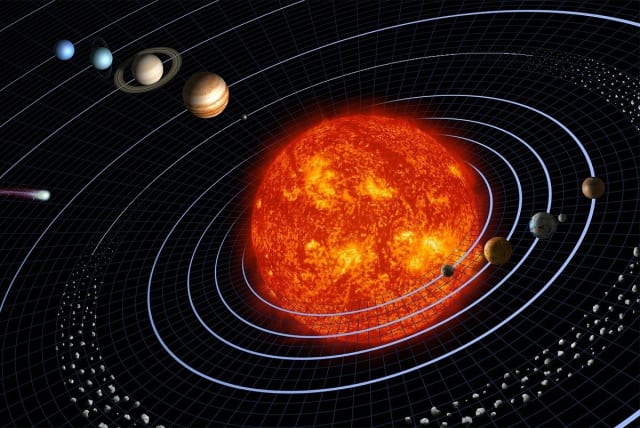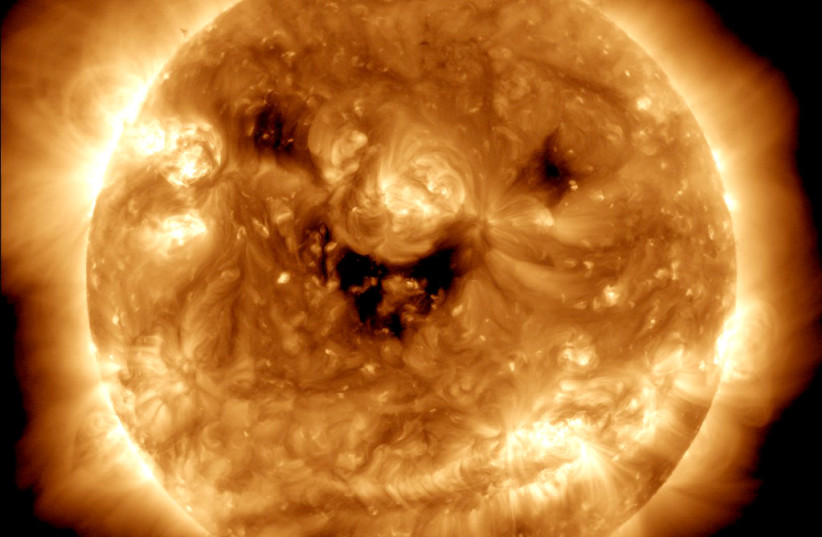Astrobiologist narrows search for alien life to five planets

The new theory has saved countless hours of research and significant material resources.
An American scientist has created a new set of criteria to aid in finding life on other planets, which has reduced the vast search significantly.
Previous theories
Astrobiologists previously tried to find liquid forms of H2O, more commonly referred to as water, on planets near stars.
The astrobiologists have found dozens of potential candidates within a ‘habitable zone.’ However, astronomers cannot analyze the planets’ resources in detail because of limited observational times and resources.
NASA describes the habitable zone as a planet that "is neither too close nor too far from its star. Also called the Goldilock’s zone, this is the area around a star in which liquid water could exist on planets over geological timescales and where its atmosphere could contain the right balance of gases that could support life."
New criteria
Cassandra Hall, an astronomer at the University of Georgia, insists that the limited resources can be used more efficiently by prioritizing analysis for planets that can support photosynthesis.
On earth, photosynthesis is the process where the sun powers a reaction, in plants, where carbon dioxide and water are converted into glucose in oxygen. On another planet, this process would be completed by another star.
Hall’s theory would significantly focus the search for an inhabitable or inhabited planet. Photosynthesis requires a perfect temperature range, water and specific light intensity.
Hall’s refinement has meant that Red Dwarf planets can be discarded from the search and resources can be better reallocated.
So far, five planets have met the new criteria: Kepler-452- b, Kepler-1638 b, Kepler 1544 b, Kepler-62 e and Kepler-62 f.
Efforts to find a habitable planet have had growing relevance, not for the alien contact that it may bring, but because there is growing concern that the climate crisis will make our earth unliveable.
Jerusalem Post Store
`; document.getElementById("linkPremium").innerHTML = cont; var divWithLink = document.getElementById("premium-link"); if (divWithLink !== null && divWithLink !== 'undefined') { divWithLink.style.border = "solid 1px #cb0f3e"; divWithLink.style.textAlign = "center"; divWithLink.style.marginBottom = "15px"; divWithLink.style.marginTop = "15px"; divWithLink.style.width = "100%"; divWithLink.style.backgroundColor = "#122952"; divWithLink.style.color = "#ffffff"; divWithLink.style.lineHeight = "1.5"; } } (function (v, i) { });

